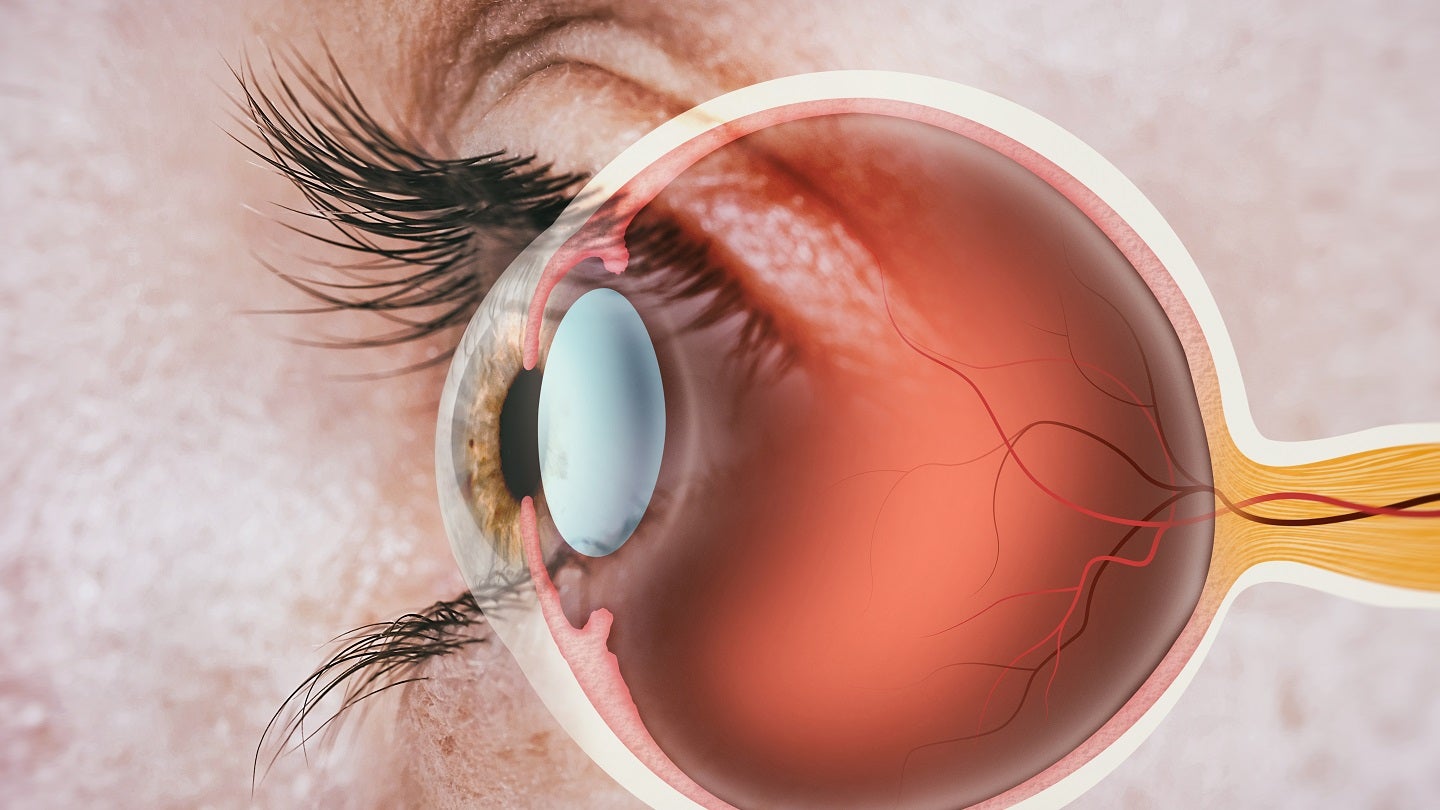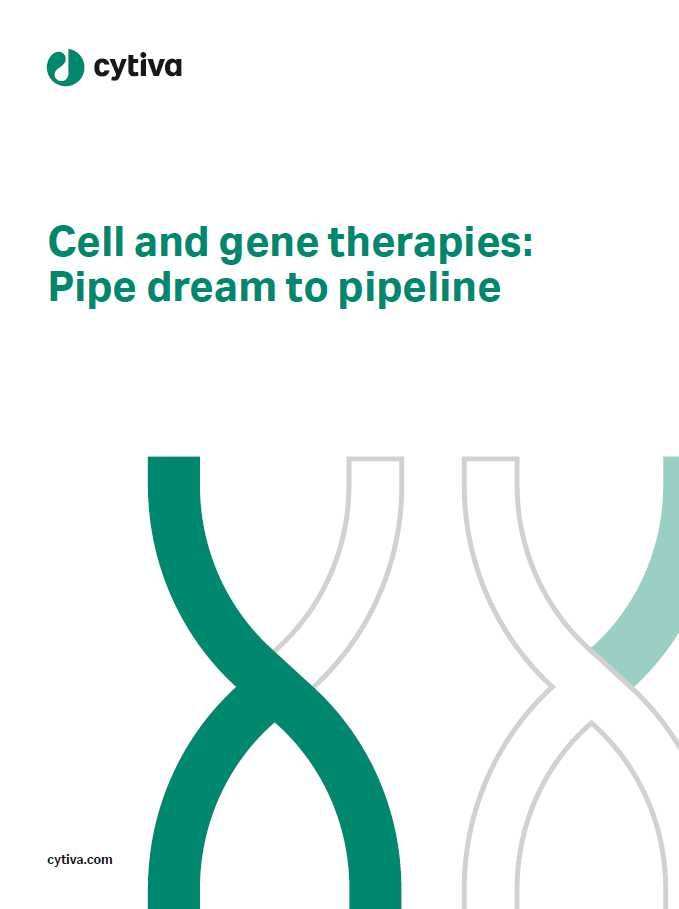

Atsena Therapeutics has dosed the first patient in the Phase I/II LIGHTHOUSE study of ATSN-201 to treat X-linked retinoschisis (XLRS).
The dose-escalation and dose-expansion study intends to assess the tolerability and safety of subretinal injection of ATSN-201 for five years.
Nearly 18 male patients aged six to 64 years with a clinical diagnosis of XLRS, caused by pathogenic or likely pathogenic mutations in RS1, will be included in the study.
They will receive a one-time subretinal injection of ATSN-201 in one eye.
Safety and tolerability, as evaluated by dose-limiting toxicities and treatment-emergent adverse events, are the primary outcome measures of the study.
Atsena Therapeutics chief medical officer Kenji Fujita said: “We are excited to be utilising AAV.SPR in the clinic, as it has the potential to revolutionise the treatment of XLRS, as well as other inherited retinal disorders.
How well do you really know your competitors?
Access the most comprehensive Company Profiles on the market, powered by GlobalData. Save hours of research. Gain competitive edge.

Thank you!
Your download email will arrive shortly
Not ready to buy yet? Download a free sample
We are confident about the unique quality of our Company Profiles. However, we want you to make the most beneficial decision for your business, so we offer a free sample that you can download by submitting the below form
By GlobalData“Spreading laterally beyond the subretinal injection site, AAV.SPR facilitates the safe delivery of RS1 to photoreceptors in the central retina/fovea.
“We look forward to advancing the LIGHTHOUSE study and the continued development of our novel gene therapies to reverse or prevent blindness.”
ATSN-201 is a part of the company’s two clinical-stage programmes that include ATSN-101 for treating GUCY2D-associated Leber congenital amaurosis.
Clinically meaningful improvements in vision were observed six months post-treatment with ATSN-101, as demonstrated in an ongoing Phase I/II study.
The company’s product portfolio also includes ATSN-301, a dual AAV vector-based gene therapy to prevent blindness from MYO7A-associated Usher syndrome.
Editorial content is independently produced and follows the highest standards of journalistic integrity. Topic sponsors are not involved in the creation of editorial content.








